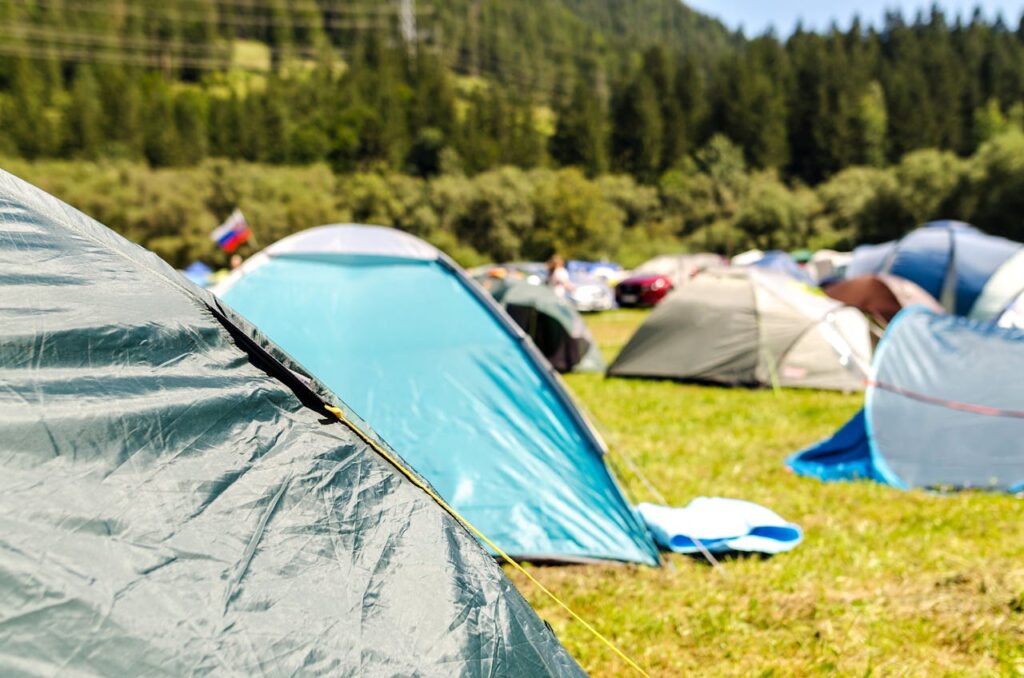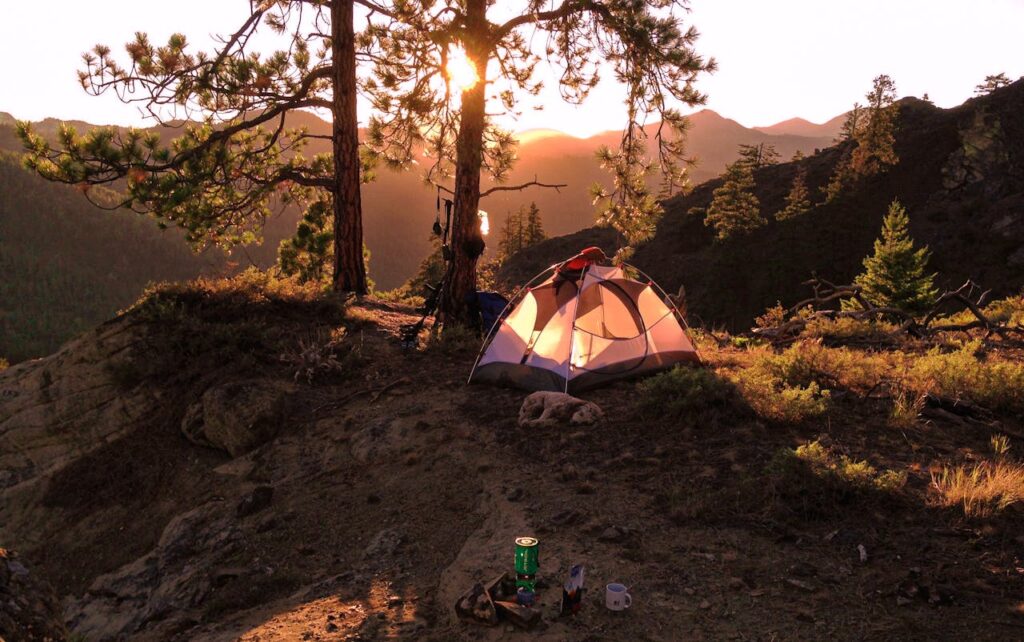
Uncover Nature’s Bountiful Harvest Along the Shores of Loch Ness
As I stroll along the rugged shores of Loch Ness, the cool breeze carries the scent of wild herbs and berries. It’s as if the very land is beckoning me to explore its secrets. And that’s exactly what I intend to do – forage for the abundant wild foods that thrive in the Scottish Highlands.
Growing up, I was always fascinated by the idea of living off the land. My childhood dreams of becoming a Sasquatch hunter or Loch Ness monster tracker have since evolved into a deep appreciation for the natural world and the sustenance it provides. So, when I discovered the wealth of edible plants and fungi that flourish around Loch Ness, I knew I had to dive in and share this culinary adventure with others.
Foraging: A Forgotten Art Reclaimed
Once a staple of our ancestors’ diets, foraging for wild foods has become somewhat of a forgotten art in modern times. But thanks to the growing interest in locally-sourced, sustainable eating, this ancient practice is making a remarkable comeback. And nowhere is this more apparent than in the Scottish Highlands, where the diverse array of wild edibles is truly awe-inspiring.
As VisitScotland explains, foraging in Scotland is a “fun and exciting way to get up close to nature and wildlife, and then getting to taste the fruits of your labour afterwards.” From berries and nuts to edible flowers and mushrooms, the bounty that surrounds Loch Ness is simply staggering.
A Bountiful Harvest Year-Round
The beauty of foraging in the Highlands is that there’s always something in season, no matter the time of year. VisitScotland notes that in January, you can venture out and forage for winter fruits and nuts, like acorns, blackberries, and chestnuts. Come June, you’ll find a wealth of edible flowers, such as elder and honeysuckle. And in September, the woods and shores are teeming with wild berries, including raspberries, strawberries, and sloes.
But the real treasure trove lies in the diverse fungi that thrive in the Highlands. As the Galloway Wild Foods blog explains, there are literally dozens of edible wild mushroom species in Scotland’s woodlands. While some, like the fly agaric, are highly toxic, there are plenty of delicious and nutritious varieties to be found, including ceps, chanterelles, and morels.
Foraging as a Way of Life
For me, foraging is more than just a hobby – it’s a way of life. It’s about reconnecting with the land, understanding the natural rhythms and cycles that sustain us, and celebrating the abundance that surrounds us. And I’m not alone in this sentiment. As the Galloway Wild Foods blog notes, many of the skilled foragers they know are deeply passionate individuals who possess a profound love and understanding of the natural world.
These foragers don’t see themselves as mere collectors of wild ingredients. Rather, they see themselves as stewards of the land, carefully harvesting what they need while ensuring the long-term sustainability of the ecosystems they explore. Their intimate knowledge of the plants and fungi that thrive in the Highlands is often far more extensive than that of trained ecologists and rangers.
A Culinary Revolution
But it’s not just the foragers themselves who are embracing the wonders of wild foods. The culinary world has also taken notice, with visionary Scottish chefs leading the charge. As VisitScotland reports, these chefs are “harvesting wild foods and introducing them into dishes, imparting delightfully local flavours.”
In Edinburgh, establishments like The Gardener’s Cottage, Forage and Chatter, and Wedgwood the Restaurant are serving up dishes that feature seasonal and sustainably-sourced wild ingredients. And on the remote island of Islay, you can even enjoy a unique “Buck and Birch” dining experience, where the menu is curated from carefully foraged ingredients.
Responsible Foraging: A Delicate Balance
Of course, with the growing popularity of foraging, there are also concerns about the potential impact on the environment. As the Galloway Wild Foods blog points out, the media has been quick to sensationalize stories of “irresponsible” or “criminal” foragers, painting a dire picture of the threat they pose to ecological diversity.
But the reality is far more nuanced. As the blog explains, the vast majority of foraging in the UK is for incredibly common, “super-abundant” plants and fungi that are in no danger of being depleted. And when it comes to the more “glamour” species, like chanterelles and sea kale, the evidence of long-term ecological impact is scarce.
Ultimately, it’s about striking a balance – respecting the land, harvesting responsibly, and ensuring that the delicate web of life that sustains us remains intact. And for those of us who are passionate about foraging, this is a commitment we take very seriously.
Embracing the Forager’s Lifestyle
As I continue my explorations around Loch Ness, I can’t help but feel a sense of wonder and gratitude for the natural abundance that surrounds me. Whether I’m plucking juicy blackberries from a hedgerow, carefully harvesting fragrant wild herbs, or hunting for elusive mushrooms in the forest, the experience is always deeply fulfilling.
But it’s not just about the food itself. It’s about the connection I feel to the land, the sense of belonging that comes from being part of a larger, interconnected ecosystem. It’s about the joy of discovery, the thrill of the hunt, and the satisfaction of knowing that I’m nourishing myself with the very best that nature has to offer.
So, if you’re ready to embark on your own foraging adventure around Loch Ness, I encourage you to embrace the experience with open arms. Immerse yourself in the sights, sounds, and smells of the Highlands, and let the land guide you to its hidden treasures. Who knows, you might even catch a glimpse of the elusive Loch Ness monster along the way!

